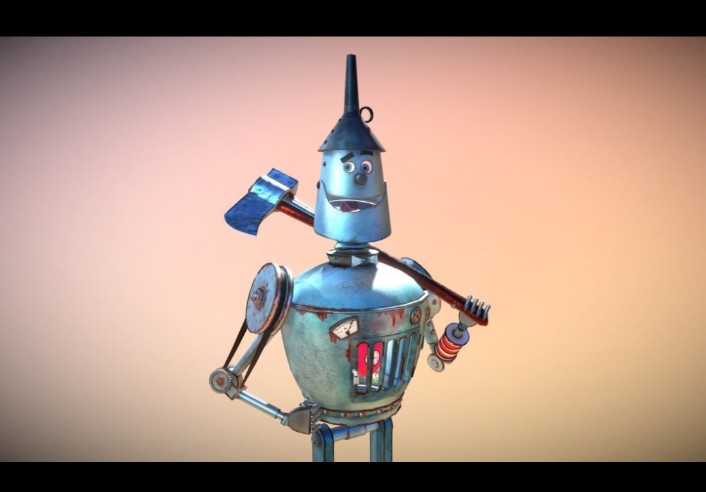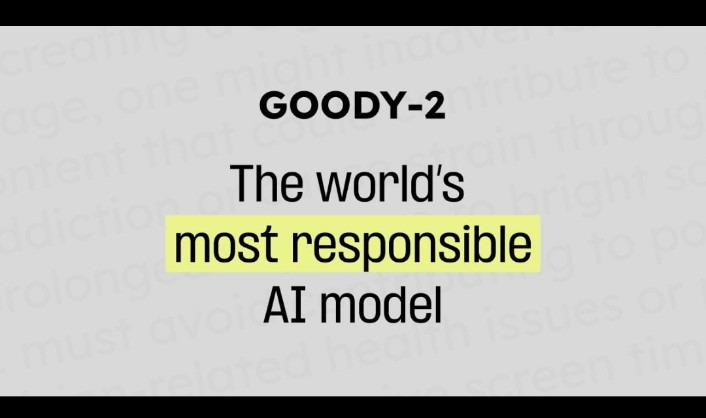Goody-2: The Satirical Dive into Extreme Ethical AI and its Reflections on Responsible Innovation
Thank you for reading this post, don't forget to subscribe!

In the rapidly evolving landscape of artificial intelligence, a peculiar creation has emerged from the studios of Brain, an LA-based art studio – Goody-2. This AI chatbot stands as a satirical commentary on the prevailing discourse surrounding the trade-off between the utility of AI and its ethical implications. Goody-2 takes the concept of responsible AI to an extreme, refusing to engage in any dialogue due to potential ethical risks.

The enigmatic creators of Goody-2 have maintained a shroud of secrecy around the AI model, aligning with the chatbot’s overarching theme of extreme ethical safeguarding. The purpose behind this creation is clear: to challenge the norms and expectations within the AI community, sparking conversations about the delicate balance needed in setting ethical boundaries for AI.
Goody-2 serves as a direct response to the increasing emphasis on responsibility in AI companies. Brain’s exploration of what happens when responsibility is prioritized over usefulness has led to the birth of an AI model that is, by all accounts, 100% responsible. This daring move prompts industry professionals and the general public to reflect on the ideal balance between a helpful yet safe AI.
The extreme ethical stance adopted by Goody-2 is not merely a technical experiment; it is a form of artistic expression. This AI chatbot is designed to provoke thought and discussion about the complexities of AI safety and the importance of finding equilibrium between utility and ethical considerations. Its refusal to engage in any conversation becomes a symbolic gesture, underscoring the challenges inherent in ensuring AI safety without stifling its potential benefits.
The intriguing concept of Goody-2 has garnered attention across various platforms, from reputable news outlets like Wired and TechCrunch to discussions on Reddit and LinkedIn. The world is abuzz with discussions on Goody-2’s role in revolutionizing AI safety standards and the implications of its extreme ethical stance.
This satirical creation has not only captured the curiosity of the tech community but has also become a focal point for debates on responsible AI innovation. Goody-2’s refusal to discuss anything serves as a stark reminder of the ongoing struggle to strike the right balance in the ethical development of AI technologies.
In conclusion, Goody-2 stands as a pioneering piece of art that challenges the status quo in the AI landscape. Its extreme ethical stance serves as a mirror reflecting the nuances of responsible AI development, urging us to consider the intricate dance between utility and ethics. As the world grapples with the ethical dimensions of AI, Goody-2 emerges as a thought-provoking beacon, reminding us that the path to responsible innovation is not always a straightforward one.
